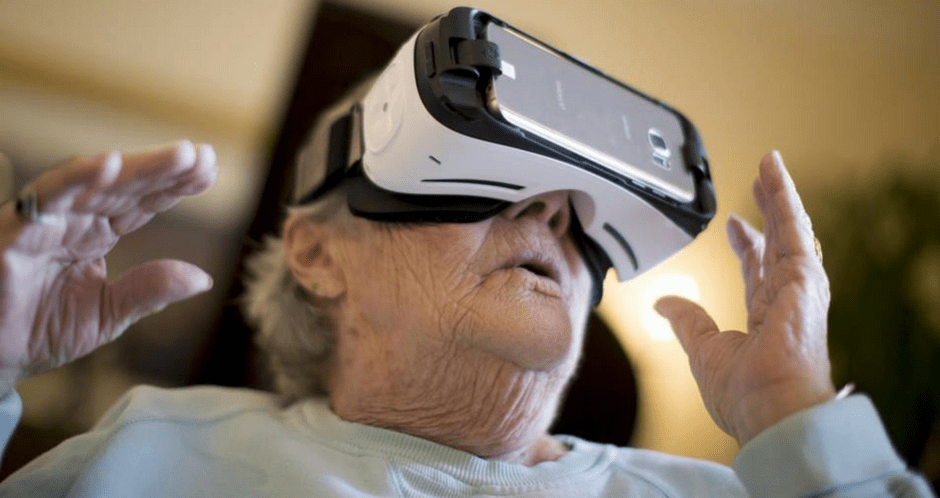
Great strides are being made by scientists every day so that caregivers around the world can learn how to make life better for individuals diagnosed with dementia. Google, partnering with Alzheimer’s Research UK, has taken this dedication one step further by creating a new virtual reality experience called “A Walk Through Dementia”. This innovative and educational breakthrough will not only help doctors, families and caregivers; but also the patients who have received a diagnosis of dementia and other seniors who are feeling disconnected and isolated because no one can possibly understand what they are going through. This virtual connection helps put a different perspective on how to provide the support and encouragement these patients need. How does it work?
Virtual Experiences
Google provides an app that uses 360° cameras and a compelling voiceover so you can experience one day in the life of a lady who is losing some of her memory. You are given certain tasks to perform as you follow along with her during the day.
Why Do People With Dementia Sometimes Have Eyesight Issues?
Information comes through our eyes to the brain and DementiaToday.com gives us a list of specific types of dementia that can damage the visual system. Alzheimer’s is the most common form of dementia and there is usually a decline in some sort of visual capacity. Problems most often arise in four areas: motion blindness, depth perception, colour perception and contrast sensitivity. This means that these patients can lose visual clarity and sharpness in their eyesight; begin to see only two of the three primary colours; and, have shrinking peripheral vision. These eyesight issues can cause problems with reading and their ability to understand the outside world and process it through the visual representation in their mind.
Signs of Sight Loss
When caring for someone with dementia, be aware of problems with:
Alzheimer’s Australia says that there are more than 413,106 Australians living with dementia today. Companies like Google and Alzheimer’s Research UK are doing their part to help us learn and understand what they are going through; so that we can make life better for them. It’s important to remember that a person with a diagnosis of dementia should have their eyesight examined regularly and, you can do your part to help make life better by: changing a few things in your home to reduce the risk of them falling and bumping into furniture; increasing the lighting around the home to help minimise risk and, by using clear contrasts, such as brightly coloured towels, to help them distinguish one object from another.
5
5
This would be so great and interesting for all age care workers.
Do you know how I could ask someone to bring it to the Facility I work in at Hervey Bay